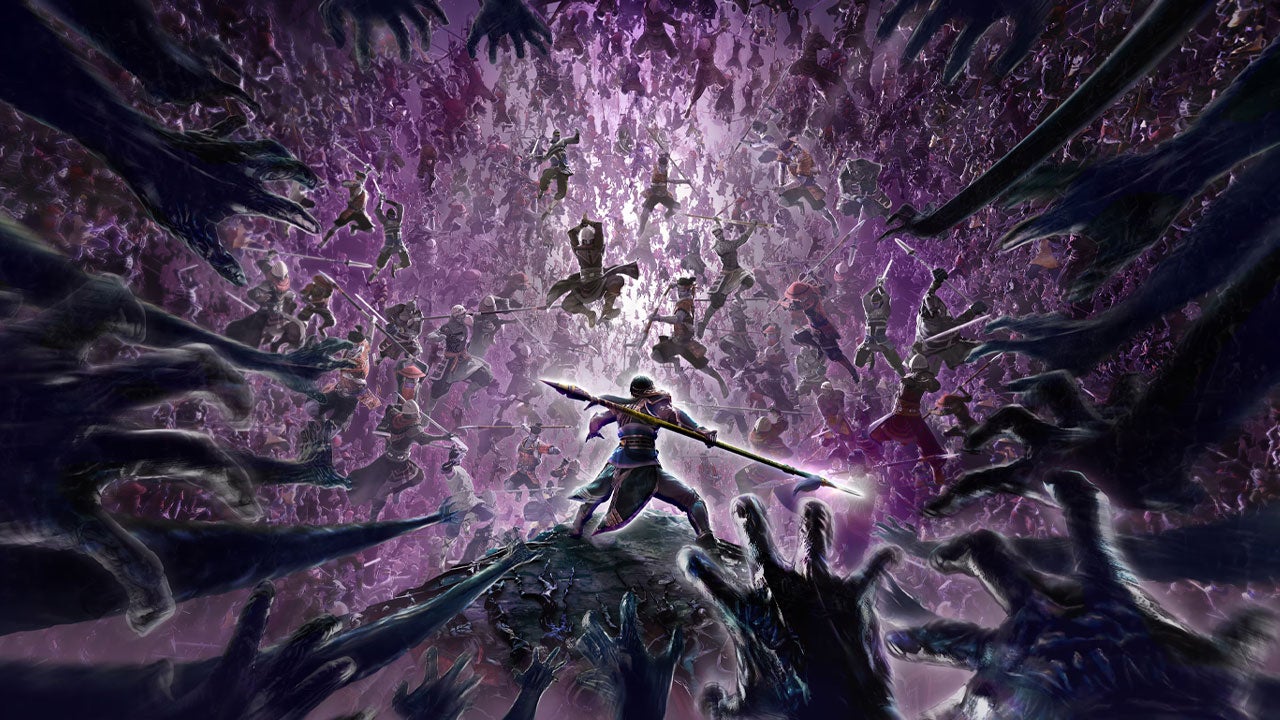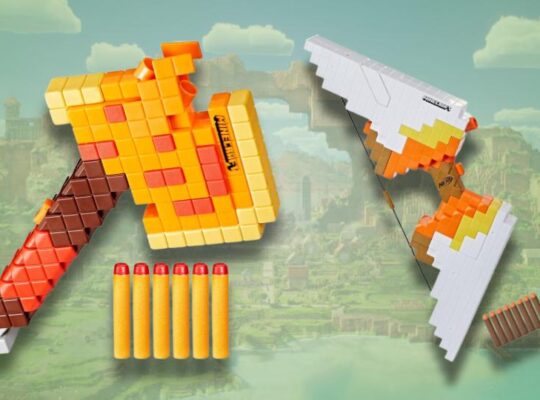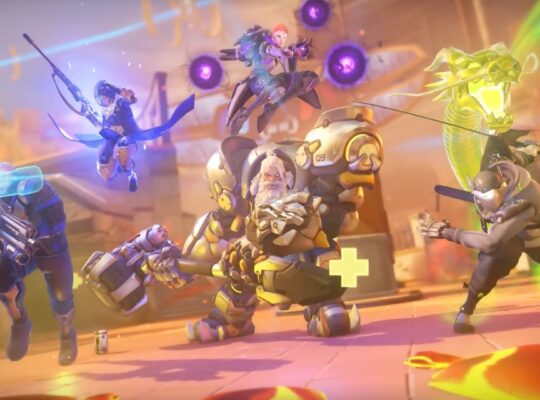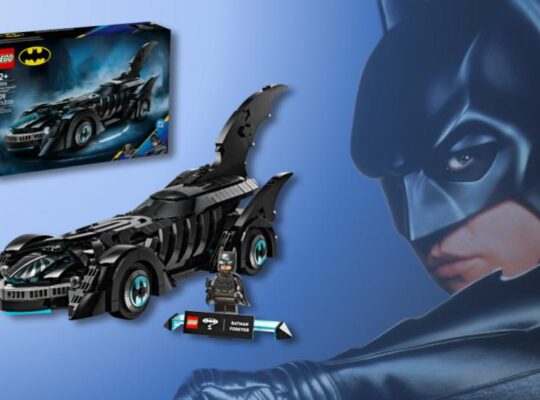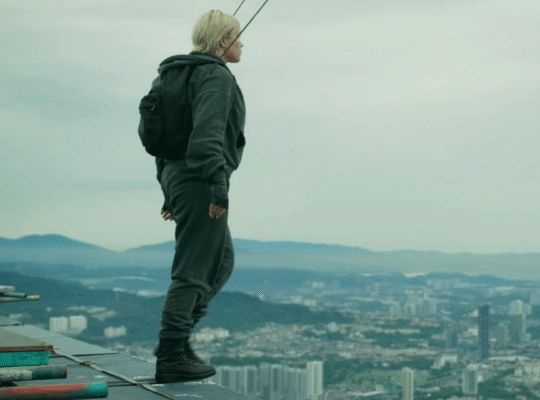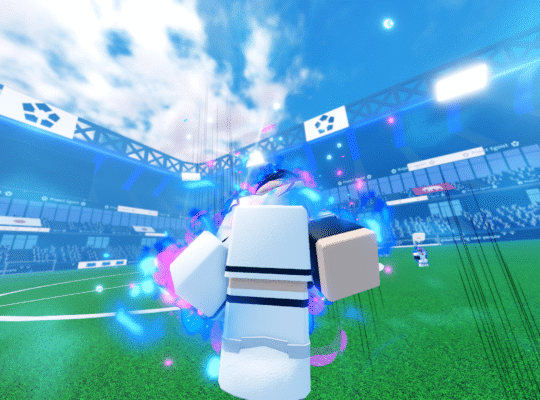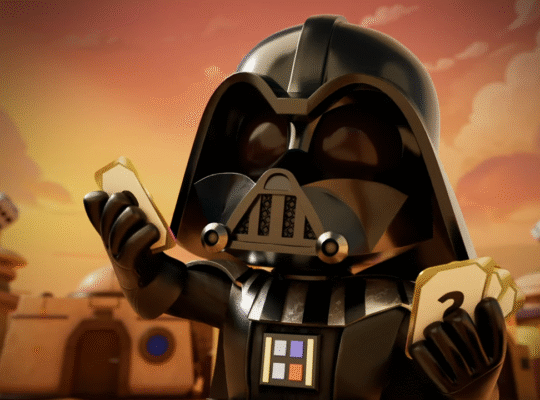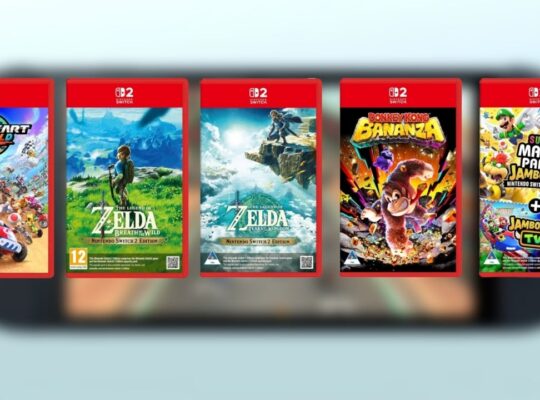
Stop me if you’ve heard this pitch before: a warrior is summoned to another world to fight hordes of enemies in the name of a deity usurped by an evil force. Yeah… but while its story and its boss fights might be phoned in, Warriors: Abyss still manages to confidently put the “1v1000” spin of its Dynasty Warriors roots onto the tried and true room-to-room roguelite template of games like Hades, and that’s something I haven’t seen quite as many times before. Combined with one of the most extensive rosters of characters I’ve seen in this genre, a simple yet impactful upgrade system, and screen-filling special attacks, this new roguelite managed to get at least a fair number of those good old “just one more run” hooks in me before its story trailed off.
Without a doubt, the 100-character roster is the strongest part of Abyss because they function as both playable characters and as summonable upgrades who join your hero as you go. With a selection of characters rounded up from Samurai Warriors and Warriors Orochi, that includes characters like Nobunaga Oda and Goemon Ishikawa to join forces with iconic Dynasty Warriors characters Zhao Yun, Cao Cao, Sun Jian and dozens more. After taking over a third of them for a spin, I’ve gravitated towards characters with specific abilities or ones I’ve favored in past games: Guan Yu, Liu Bei, and especially Lu Bu, who makes defeated enemies explode and deal damage to other enemies nearby. While each run never really felt all that different from the last, even when venturing outside my favorites, I still enjoyed the feeling of when my build came together to deal massive damage or overwhelm my enemies with multiple status effects.
Unfortunately, the story never did. I often struggled to connect with it due to the way every conversation doled out after defeating a boss is limited to mostly monologues from the ousted ruler of the underworld.
Despite Warriors: Abyss having a cast of 100 playable characters, or maybe rather because of that, none of them get a chance to shine. Every opportunity for dialogue gives options that either say the same thing two ways or result in a very similar response, so there are no interesting decisions to make and the characters are interchangeable. The shops and random events that occur during runs are also devoid of other characters, so even these were wasted opportunities to add a little bit of personality to the story.
After the minimal setup you are sent out to clear four stages, each consisting of eight rooms and ending with a tougher but uninspired boss battle. There’s an ogre, a skeletal griffin, and other supernatural things and while that’s more creative than we typically get in a Warriors game they never managed to wow me. The main issue, though, is that even if they had wild visual designs every boss battle would still play out the same way, with telegraphed attacks and rechargeable barriers to be broken before you can damage their health bar. You don’t have to look very hard to find isometric action games with bosses that are more outside the box than this.
Downing one for the first time triggers a very short conversation about the lore, but that’s about it, and none of these chats were revelatory or offered any conclusion – including the final one. It essentially just ends with a “You won!” like an arcade game from the 1980s.
However, the big evil is still here, and we need you to continue fighting until it’s eradicated. And that’s expected, since the nature of roguelites is to clear multiple runs before getting some grander resolution. But at this point I’ve played for over 40 hours and completed over 30 runs with 20 different characters, each of which taking 45 minutes to an hour, and there’s no end in sight or even any hint I’m making progress toward it.
Thankfully, the large roster of characters and entertaining combat kept the repeated runs enjoyable, even if the story wasn’t there. Every time you beat a room you have the opportunity to recruit someone into one of your six slots, and they work something like boons in Hades except you can swap people in and out between rooms once they’re in your inventory. There are also 30 different unlockable formations to choose from that add depth to your options, like empowering characters placed in odd-numbered slots or improving your main hero’s stats based on how many of a certain elemental emblem you’ve collected that run.
By changing who I played as and which warriors I was recruiting to assist me on each run, there’s enough variety to keep things interesting. While each character uses similar enough variations for basic combos that learning to play a new one is easy, they all come with a set of traits that match their backgrounds; combinations of emblems for stats or elements like Strength, Speed, Fire or Ice; a special attack they use when summoned as an ally; and finally a passive buff offering things like summoning extra characters, increasing the attack power of their special move, or buffing your main warrior’s emblems or traits. They also have unlockable unique weapons that give permanent buffs to their owner and act as something to chase beyond the story.
Abyss also does a great job of converting the traditional Dynasty Warriors combat into something more flashy to fit the more fantasy-based setting. Every character has their various normal and charge attack combos, and new summoning attacks, those basic moves feed the Assemble bar that powers the new assemble attack at a quick and satisfying pace. And if you execute a musou move while it’s active, it unleashes a room-clearing explosion that never failed to get me out of a tricky situation or put a bow on top of a battle.
In practice, though, the 100 warriors don’t fight all that differently. Outside of a few characters with unique special attacks, most deal one of five elemental damage types by creating zones of AoE damage, summoning tornadoes that pull enemies in, or conjure elemental blades from the ground. A select few grant buffs or inflict debuffs, and that’s just a few of the options available. But even though summoning attacks and certain passives are repeated across the roster with only slight differences, there’s enough variety there that I found I could easily create some level of synergy regardless of the warriors I had available on a run.
There are some creative combinations you can pull off. And, once you’ve recruited six heroes, you unlock the Assemble Attack, which is as powerful as it is cool looking.
That said, Abyss swings its difficulty pendulum from fairly difficult to too easy depending on your progress through the meta-progression between runs. Your first few runs of any roguelite are meant to be nearly insurmountable: you deal low damage to bosses and take a lot until you build up your attack and defense stats. Looking at the progression tree for character unlocks, that’s pretty quick and easy to do as you pick a path and unlock your favorite characters or characters with the preferred permanent stat bonuses. As a Lu Bu fan, I made a beeline for him while unlocking other nearby characters that offered good bonuses and found the tide of battle quickly shifted in my favor.
There are plenty of other great characters to unlock along the way. Some come with extra abilities, like Nobunaga, who gains a temporary power up enabling additional attacks after using a specific combo. And characters gain cumulative levels the more you play them; every 50 levels, they gain permanent bonuses to their attack and defense, meaning that with enough time and effort even characters without special traits can gain enough power to tackle the most difficult challenges.
But, speaking of those difficult challenges, even the five challenge runs disappointed me in the end: my only reward for accomplishing this supposed great feat was alternate costumes for a couple of characters – not even the one I’d played with. I’d have even settled for unlocking some good lore to flesh the story out, but while there are some diary entries and memoirs in the collections menu, even that failed to move the needle of interest for me. I suppose there is always the chance that the story may be resolved, or at least have more revealed, after completing it with 30 different characters or more, but at this point I don’t have my hopes up.
I will say that this last thing for it, though: Warriors: Abyss has given me a new perspective from which to experiment with characters that I’d skipped over in the main Dynasty Warriors games. Playing with the likes of Zhang Liao and Sima Yi here has me interested in giving them more attention the next time they appear in a mainline game. So I can at least thank it for broadening my Dynasty Warriors horizons!


